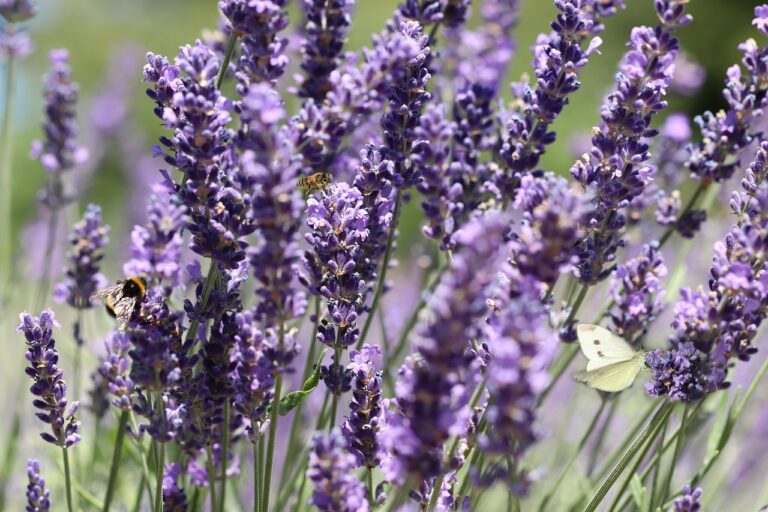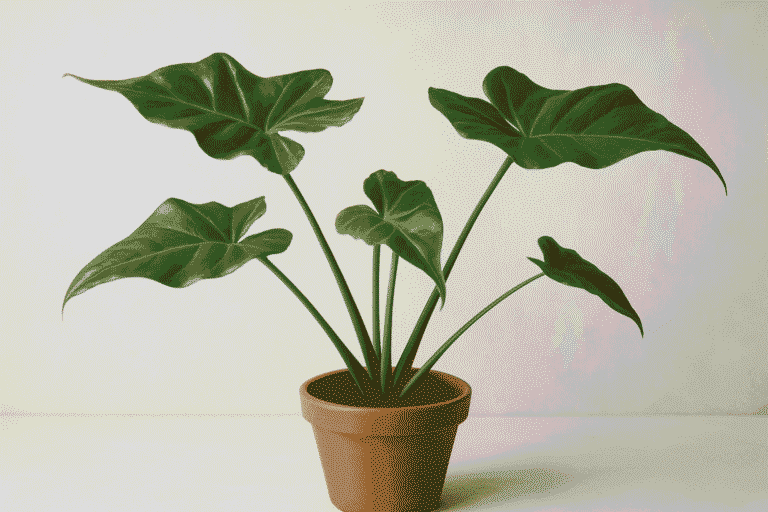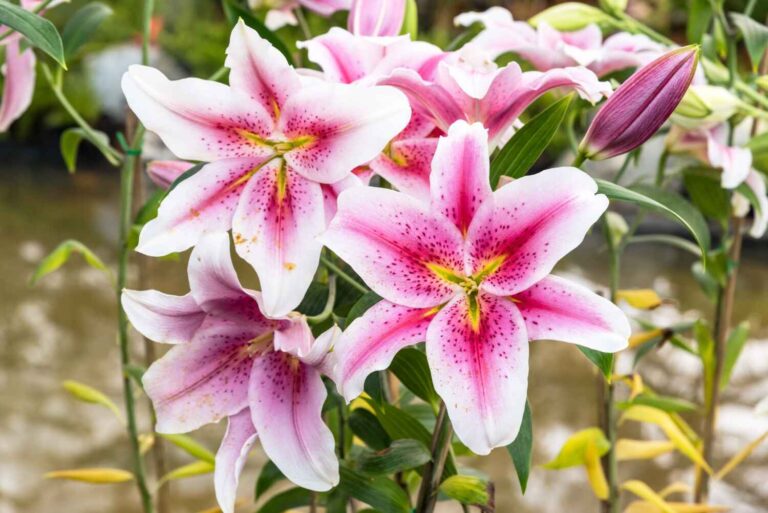Cherry Blossom Tree: A Symbol of Beauty and Renewal
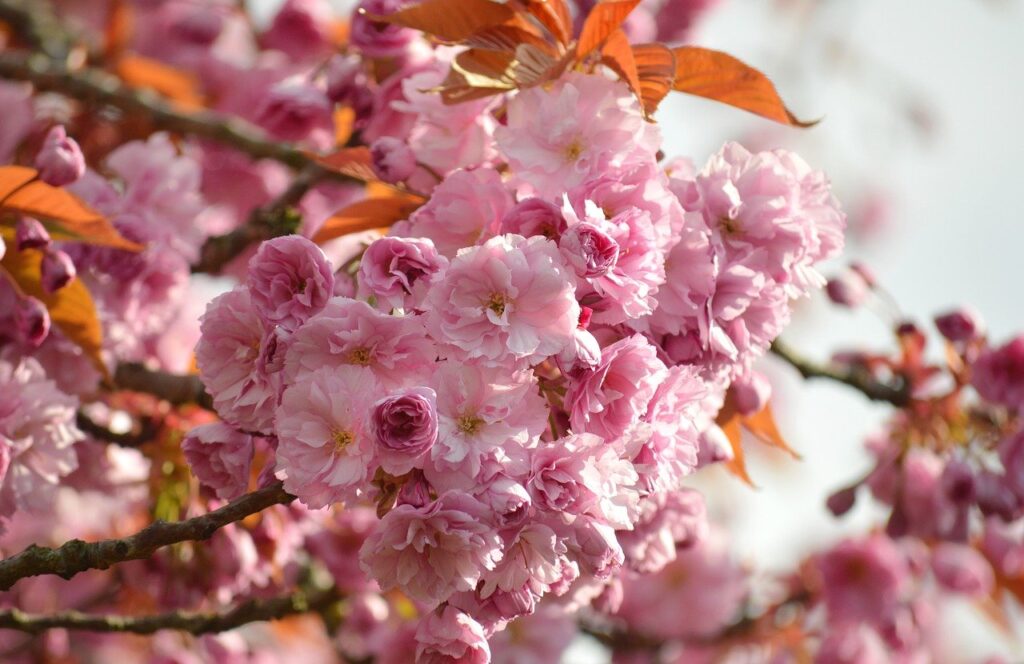
There’s something truly special about a Cherry Blossom Tree. Every spring, its soft pink and white petals fill the air, turning ordinary streets and gardens into breathtaking scenes. It’s the kind of beauty that makes you stop, take a deep breath, and just soak in the moment. But these trees aren’t just about looks—they carry a deeper meaning of renewal, change, and the fleeting nature of life.
In Japan, Cherry Blossom Trees are more than just a springtime attraction. They’re a tradition. Every year, people gather under their blooms for Hanami, a celebration of their short-lived beauty. It’s a reminder that time moves fast, and we should take a moment to enjoy life’s most beautiful moments while they last.
If you’ve ever thought about planting a Cherry Blossom Tree, the good news is—it’s totally doable! With the right amount of sunlight, well-draining soil, and a little bit of care, these trees can thrive in many different places. Whether you want to add a touch of elegance to your garden or simply admire their beauty, a cherry blossom tree is always a good idea.
Let’s dive into everything you need to know about these incredible trees and how you can bring a little bit of their magic into your own space!
Ornamental flowering cherry trees
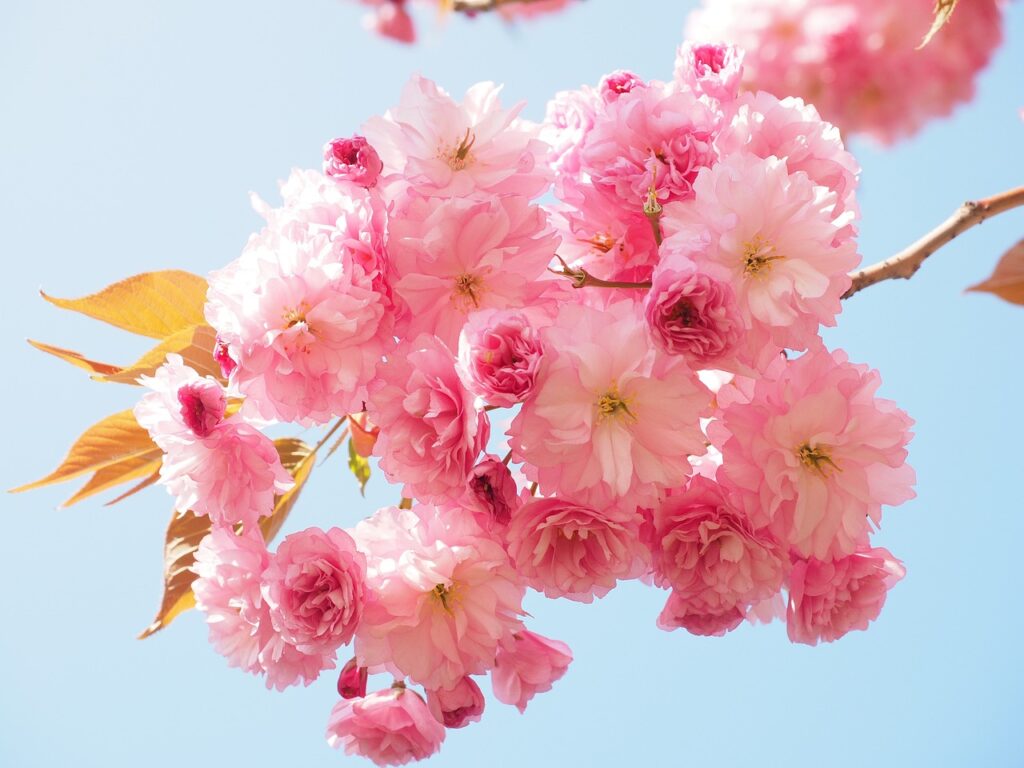
There’s something truly magical about ornamental flowering cherry trees. Every spring, their soft pink and white blossoms transform gardens into dreamy landscapes, making them a favorite for homeowners and park designers alike. These trees aren’t just beautiful—they’re also relatively easy to grow with the right care.
Unlike fruit-bearing cherry trees, ornamental varieties are grown purely for their stunning flowers. They don’t produce edible cherries, but their breathtaking blooms more than make up for it. To help them thrive, plant them in a sunny spot with well-draining soil. Regular watering, especially in the early years, will encourage strong roots and vibrant blossoms. A little compost or organic mulch around the base can also keep the soil rich and moist.
One of the best things about these trees is how they enhance any landscape. Whether lining a driveway, creating a focal point in your yard, or adding charm to a park, ornamental flowering cherry trees bring elegance wherever they grow. With just a little care, these trees will reward you with years of spectacular blooms, filling your space with beauty every spring. If you’ve ever wanted a garden that feels like a fairytale, an ornamental cherry tree is the perfect choice!
How to plant a cherry blossom tree?
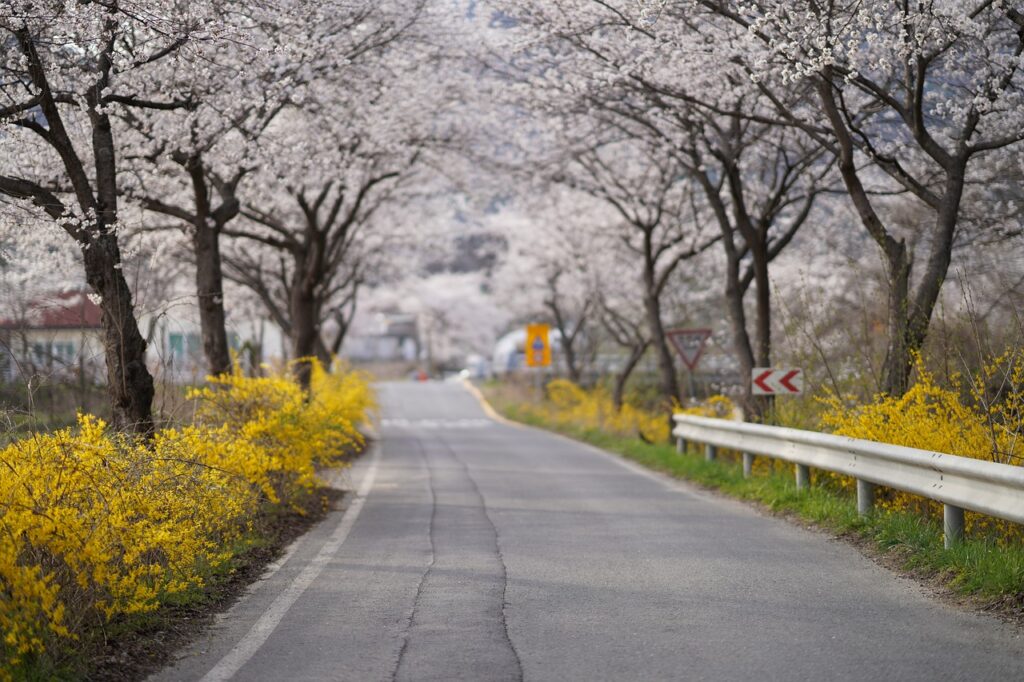
Planting a cherry blossom tree is an exciting way to bring beauty and elegance to your garden. With their soft pink and white blooms, these trees create a breathtaking display every spring. But to ensure your tree thrives, it’s important to plant it the right way.
First, choose a sunny location with well-draining soil. A cherry blossom tree loves sunlight and needs at least six hours of it daily to bloom beautifully. If your soil is heavy, mix in compost or sand to improve drainage.
Dig a hole that’s about twice as wide as the root ball but not deeper. Place the tree gently inside, making sure the roots spread naturally. Then, backfill the hole with soil, pressing it down lightly to remove air pockets. Water it thoroughly to help the roots settle in. Adding a layer of mulch around the base will keep the soil moist and protect the roots.
With regular watering, occasional fertilizing, and light pruning, your cherry blossom tree will grow strong and reward you with stunning blossoms year after year. Whether in a backyard or along a pathway, this tree is a perfect way to add charm and elegance to any space!
Washington DC Cherry Blossom
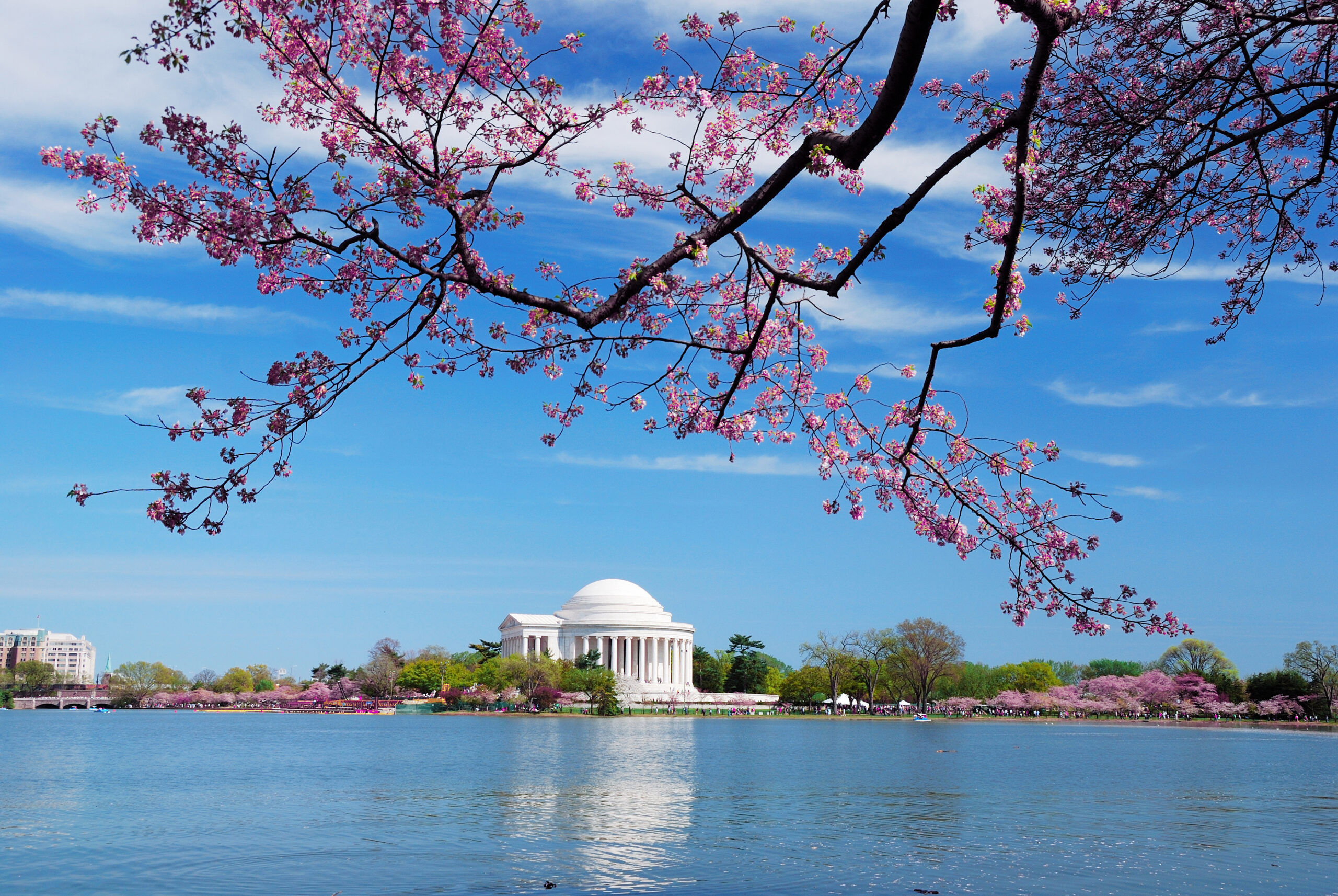
Every spring, something magical happens in the nation’s capital—the Washington DC cherry blossoms burst into full bloom, turning the city into a pastel dream of pink and white. It’s a sight that draws thousands of visitors, and honestly, it’s easy to see why. These delicate flowers, originally a gift from Japan in 1912, aren’t just beautiful; they represent friendship, renewal, and the start of a fresh season.
The best place to experience the Washington DC cherry blossom magic? The Tidal Basin. Picture this: hundreds of cherry trees lining the water, with the Jefferson Memorial standing proudly in the background. Whether you’re taking a peaceful walk, snapping Instagram-worthy photos, or enjoying a paddleboat ride, there’s no better way to soak in the beauty of spring.
But the cherry blossoms aren’t just about the views—they’re part of a bigger celebration. The National Cherry Blossom Festival is packed with fun events, from parades and fireworks to cultural performances and art exhibits. It’s a full-on celebration of history, beauty, and the special bond between the U.S. and Japan.
If you’re planning to see the Washington DC cherry blossoms, timing is everything. Let’s dive into the best time to visit, top spots to explore, and everything you need to make the most of this unforgettable experience!
Trees That Bloom Pink Flowers
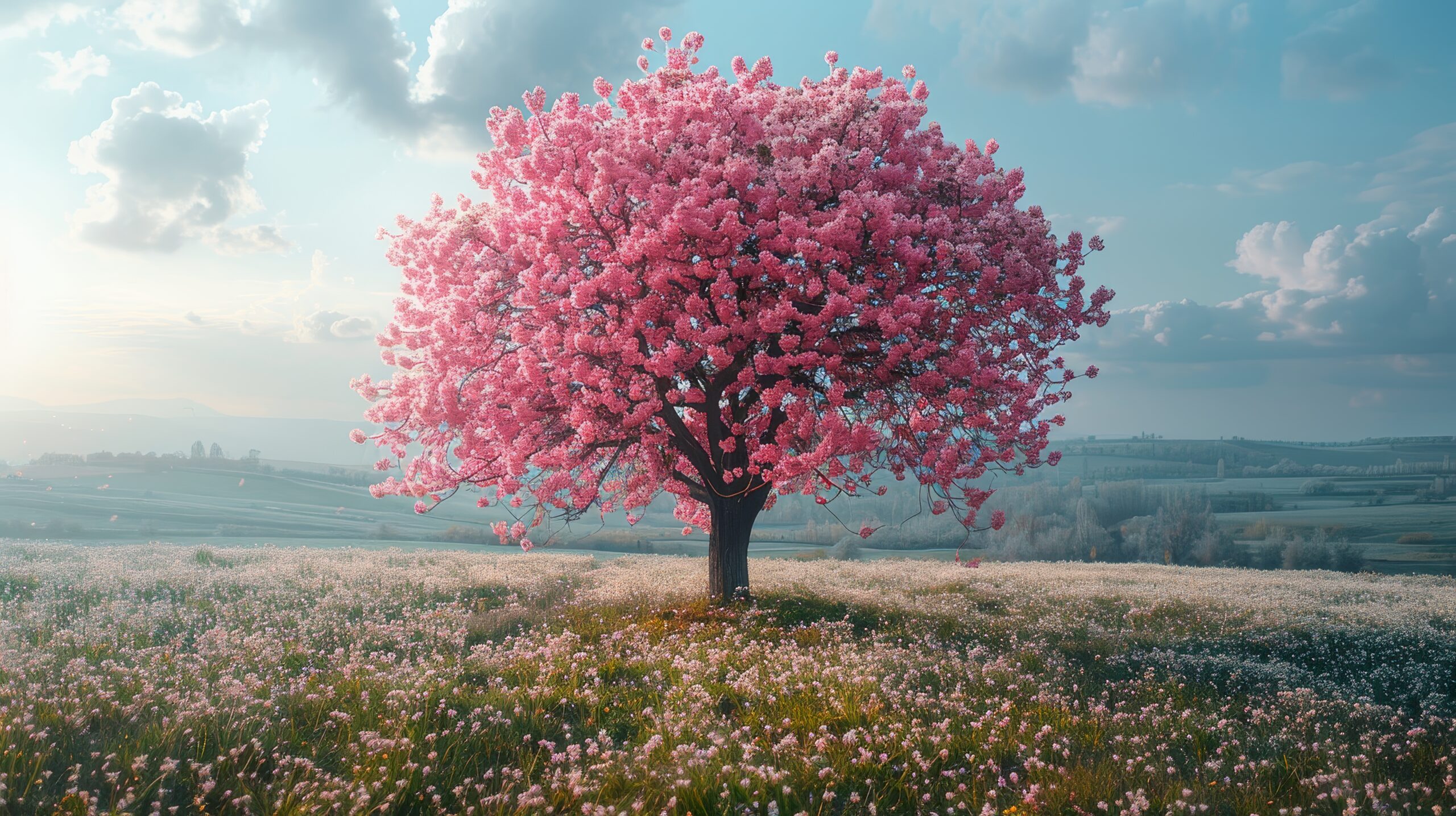
There’s nothing quite like the sight of a tree that blooms pink flowers in full glory. Whether it’s the soft pastel shades of cherry blossoms or the vibrant pink bursts of magnolias, these trees bring a touch of magic to any landscape. If you’re looking to add one to your garden or simply admire their beauty, here are some of the top trees that will fill your space with stunning pink blooms.
Cherry Blossom Trees are probably the most famous. Every spring, they transform parks and streets into dreamy pink landscapes. Then there’s the Eastern Redbud, a hardy tree that blooms pink flowers even before its leaves appear, making it a stunning early spring showstopper. If you love big, bold blossoms, the Saucer Magnolia is a perfect choice, with its large pink and white petals creating a breathtaking display.
Ann Magnolia
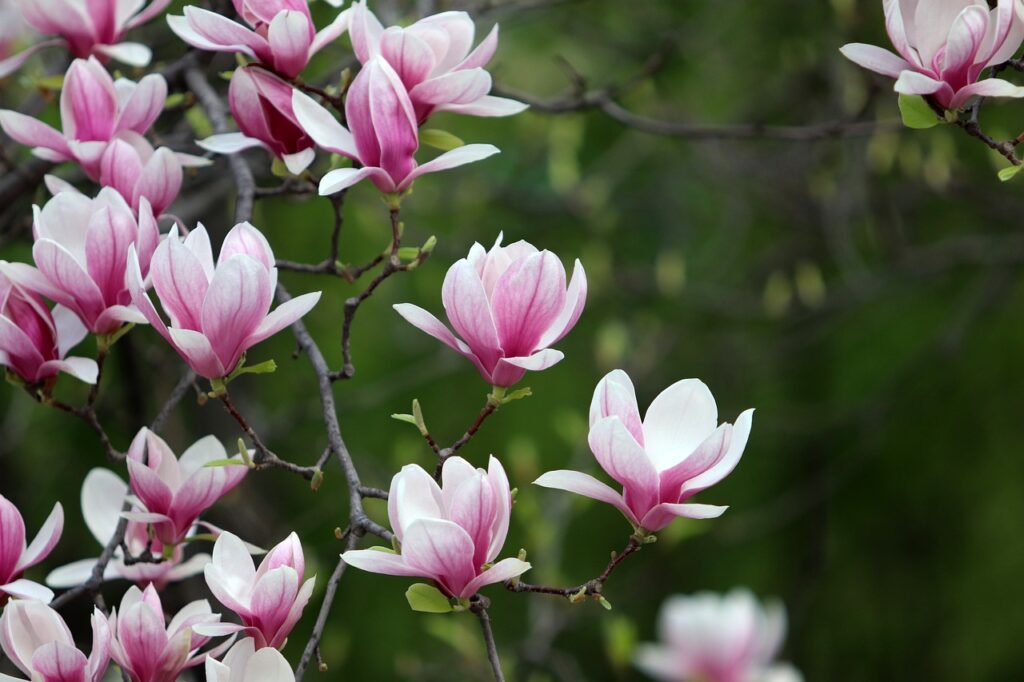
If you’re looking for a tree that brings both beauty and charm to your garden, the Ann Magnolia is a perfect choice. This stunning small tree (or large shrub) is known for its deep pinkish-purple blooms that appear in early spring, sometimes even before the leaves emerge. It’s a true showstopper, adding a bold pop of color when most other plants are still waking up from winter.
One of the best things about the Ann Magnolia is its ability to rebloom in summer, giving you a second wave of gorgeous flowers. Unlike some magnolia varieties, this one is compact and cold-hardy, making it a great option for smaller gardens or areas with unpredictable weather. Plus, it’s relatively low-maintenance—just plant it in well-drained soil with plenty of sunlight, and it will thrive for years to come.
With its long-lasting beauty and easy care, the Ann Magnolia is a must-have for any garden lover!
Pink Dogwood
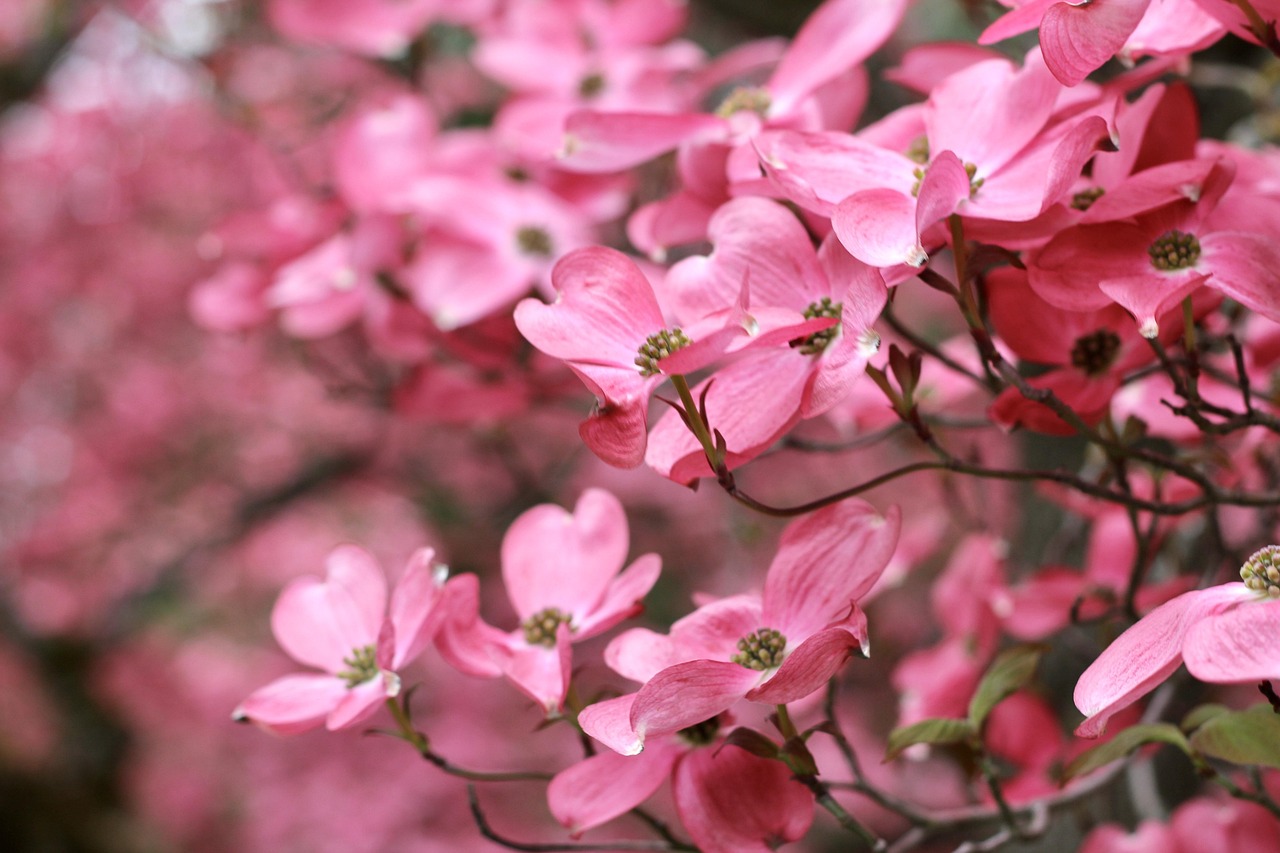
The Pink Dogwood is one of the most beautiful trees you can add to your landscape. Every spring, it bursts into life with soft pink blooms that create a dreamy, romantic feel in any garden. These delicate flowers surround the tree in a cloud of color, making it a true standout during the season.
But the beauty of the Pink Dogwood doesn’t stop there! In summer, its lush green leaves provide a lovely shade, and by fall, they turn into stunning shades of red and purple. Even in winter, its graceful branches add structure and interest to the garden.
This tree isn’t just about looks—it’s also easy to care for. It thrives in well-drained soil with partial to full sunlight and requires minimal maintenance. Whether planted as a focal point in your yard or along a walkway, the Pink Dogwood is a timeless choice that brings year-round charm and elegance.
Pink Velour Crape Myrtle
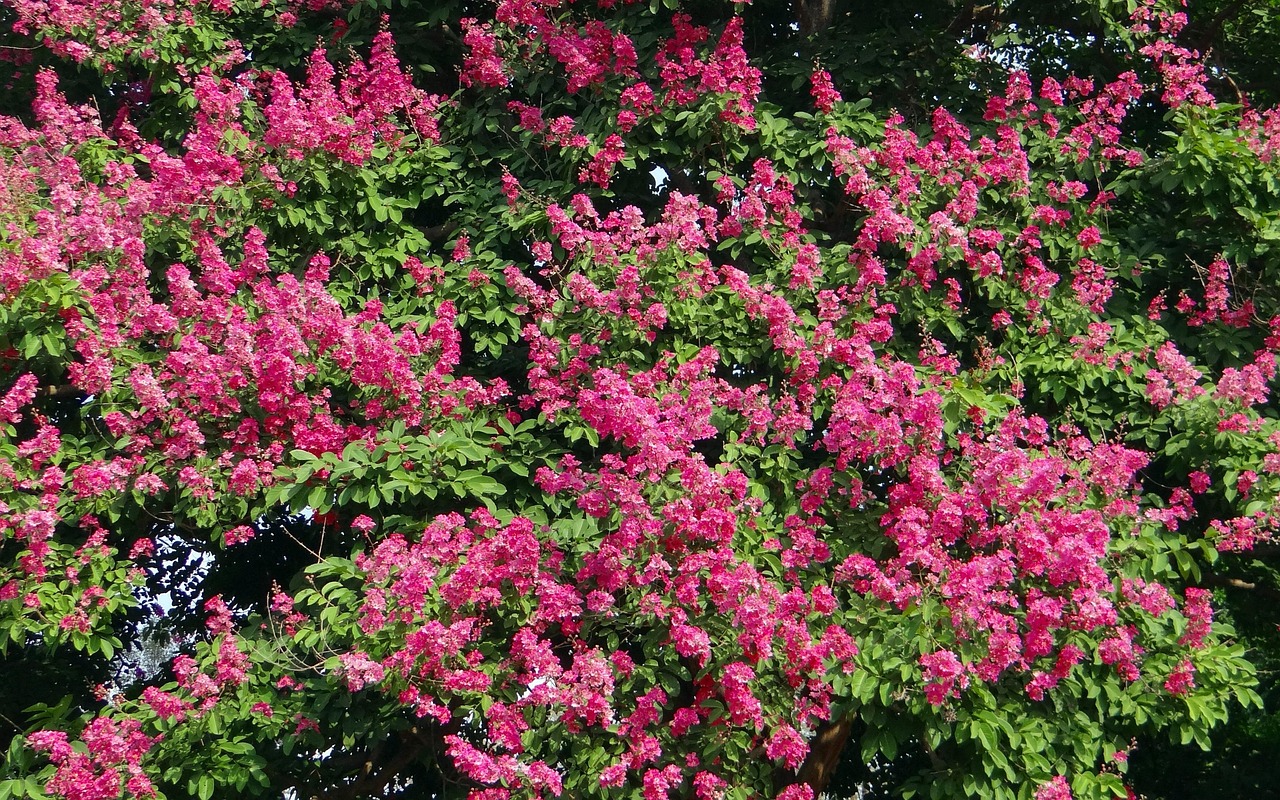
If you’re looking for a tree that delivers stunning color all summer long, the Pink Velour Crape Myrtle is a perfect choice. This vibrant tree stands out with its deep pink flowers that bloom in clusters, creating a bold and beautiful display. Unlike some crape myrtle varieties, this one has rich burgundy foliage in spring that matures to a deep green, adding extra visual interest to your garden.
One of the best things about the Pink Velour Crape Myrtle is its resilience. It thrives in hot, sunny conditions and is drought-tolerant once established, making it an excellent low-maintenance option for any landscape. Plus, its smooth, peeling bark adds texture and charm even in the winter months.
Whether planted as a focal point or in a row for a striking hedge, the Pink Velour Crape Myrtle is a fantastic choice for adding long-lasting color and elegance to your outdoor space.
Some top Purple-blooming tree
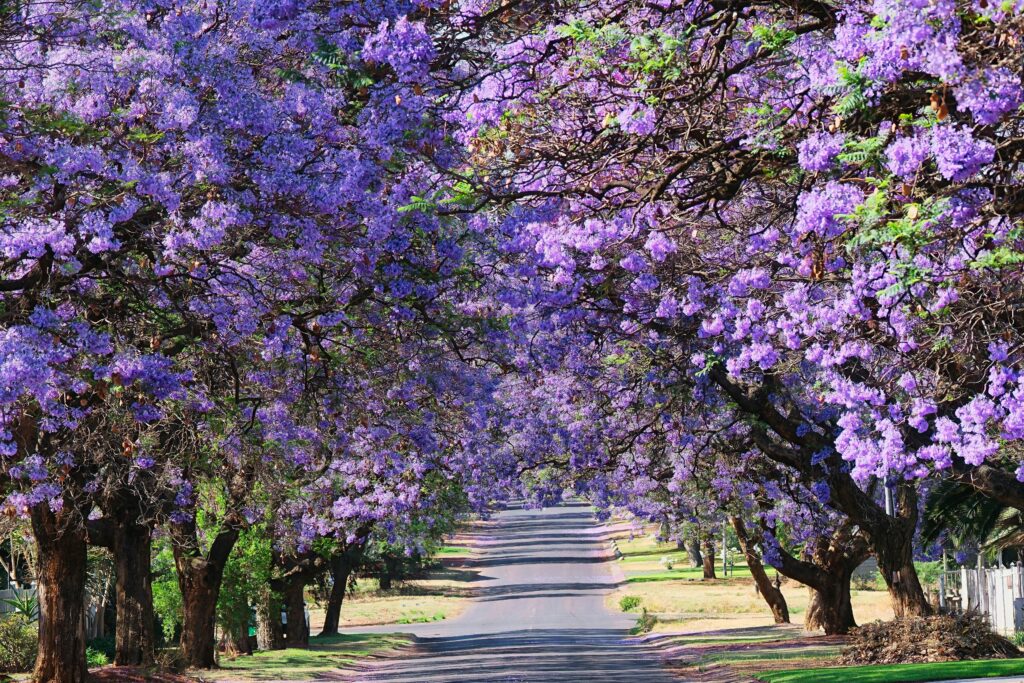
There’s something truly mesmerizing about a purple-blooming tree. Whether it’s the soft lavender hues of a Jacaranda or the deep violet clusters of a Royal Empress tree, these trees bring a sense of magic and elegance to any landscape. Their vibrant purple flowers create a striking contrast against lush green foliage, making them a favorite among gardeners and nature lovers.
One of the most popular purple-blooming trees is the Jacaranda, known for its cascading trumpet-shaped flowers that blanket the ground like a purple carpet. If you’re looking for something hardy and fast-growing, the Royal Empress tree is another fantastic option, offering large, fragrant blooms that attract pollinators.
Beyond their beauty, these trees are surprisingly easy to care for. With plenty of sunlight and well-drained soil, they’ll thrive and reward you with breathtaking blossoms year after year. A purple-blooming tree is a perfect way to add color, charm, and a little bit of enchantment to your garden!
Muskogee Crape Myrtle Tree
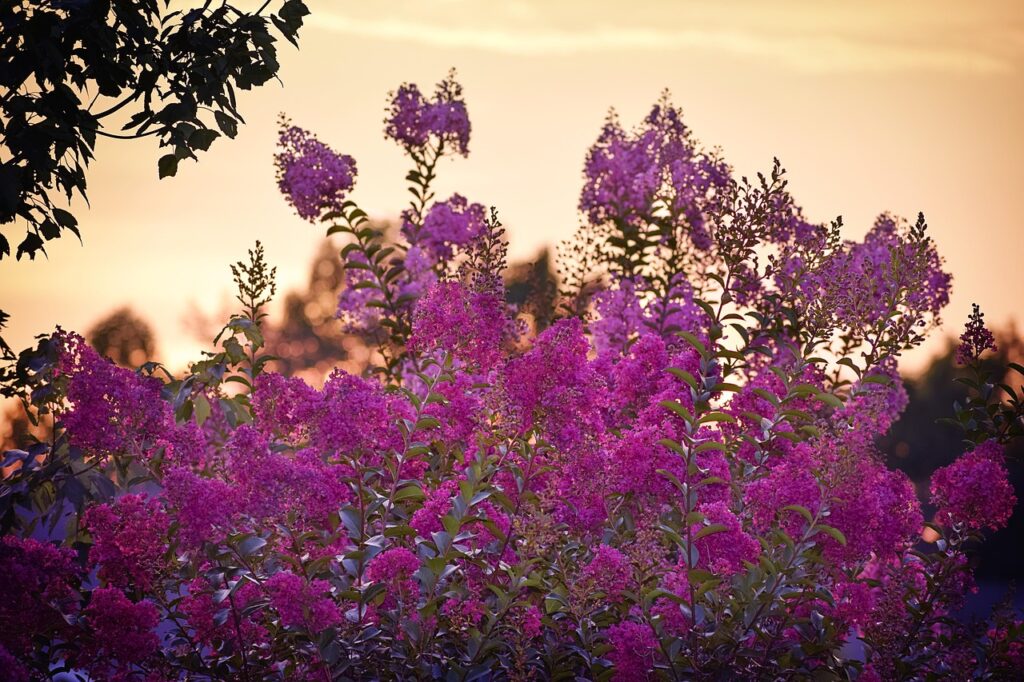
If you want a tree that delivers months of gorgeous blooms, the Muskogee Crape Myrtle Tree is a fantastic choice. This stunning tree is known for its soft lavender-purple flowers that bloom continuously from early summer to fall, creating a vibrant and eye-catching display. It’s one of the longest-blooming crape myrtles, giving your garden a splash of color for an extended period.
Aside from its beautiful flowers, the Muskogee Crape Myrtle Tree also has smooth, peeling bark and rich green foliage that turns a lovely shade of orange in fall. It grows quickly and can reach impressive heights, making it a great choice for lining driveways, creating a flowering hedge, or serving as a stunning focal point in any landscape.
Low-maintenance and highly resistant to disease, this tree thrives in full sun and well-drained soil. If you’re looking for effortless beauty with long-lasting blooms, the Muskogee Crape Myrtle Tree won’t disappoint!
Miss Kim Lilac Tree
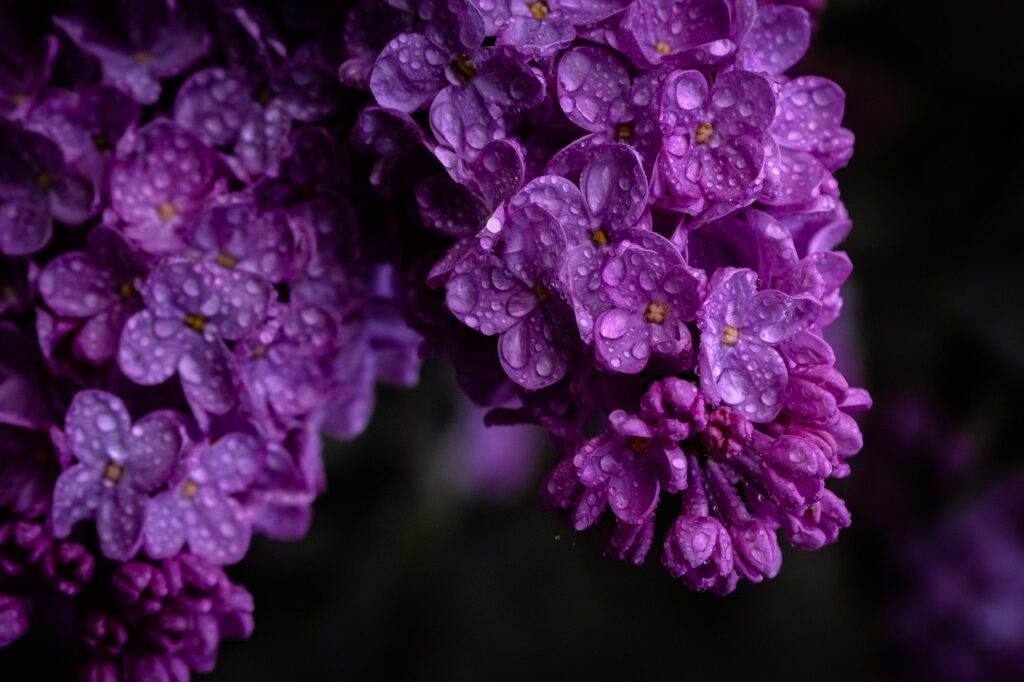
If you love lilacs but want a more compact, easy-to-care-for variety, the Miss Kim Lilac Tree is a perfect choice. This beautiful tree bursts into bloom in late spring, covering itself in clusters of fragrant, pale lavender flowers. Unlike traditional lilacs, which can grow large and sprawling, the Miss Kim Lilac Tree has a neat, rounded shape, making it ideal for smaller gardens or patios.
One of the best things about this tree is its fragrance—its sweet, refreshing scent fills the air, attracting butterflies and adding a touch of romance to any outdoor space. As the seasons change, the deep green leaves turn a stunning burgundy in fall, giving you year-round interest.
The Miss Kim Lilac Tree is also incredibly low-maintenance. It thrives in full sun, adapts to different soil types, and is resistant to pests and diseases. If you want a tree that offers beauty, fragrance, and easy care, this lilac is a perfect pick!
Crape Myrtle
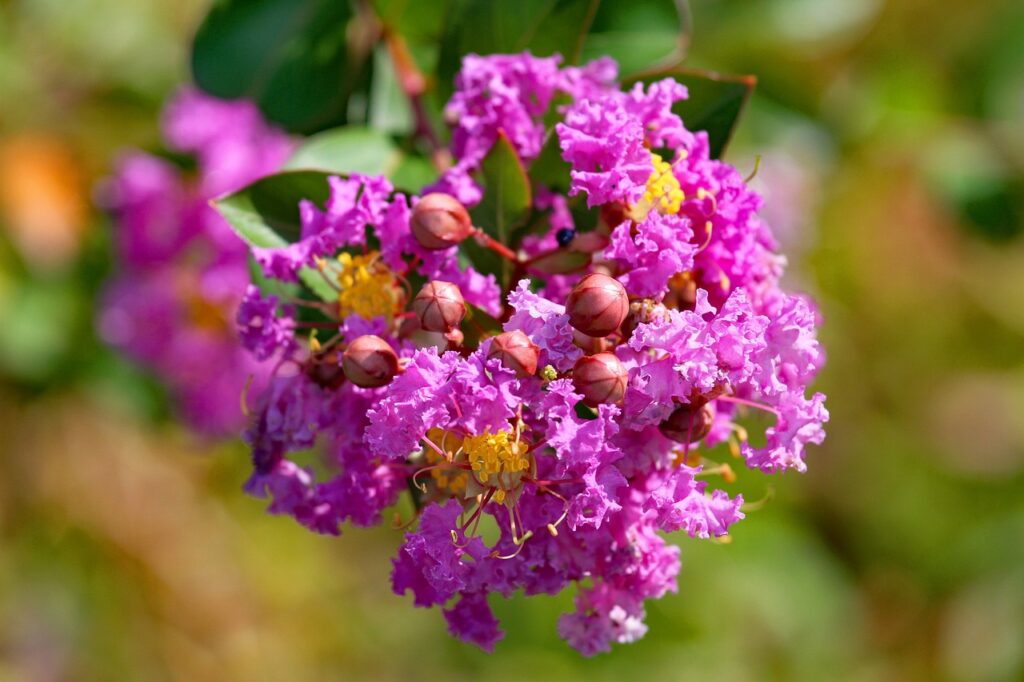
Few trees can brighten up a landscape quite like the Crape Myrtle. Known for its vibrant, long-lasting blooms, this tree puts on a stunning display of pink, red, purple, or white flowers from summer to early fall. Its eye-catching blossoms, combined with its smooth, peeling bark and rich green foliage, make it a favorite among gardeners.
One of the best things about the Crape Myrtle is its ability to thrive in hot, sunny conditions. It’s drought-tolerant, low-maintenance, and resistant to many common tree diseases, making it an excellent choice for anyone looking for a hardy yet beautiful tree.
Beyond its summer blooms, the Crape Myrtle continues to impress in fall when its leaves turn shades of orange, red, and yellow. Whether planted as a focal point, a hedge, or a street tree, this versatile beauty adds color and charm to any outdoor space year-round.
Frequently Asked Questions
Crape Myrtle trees bloom from early summer to early fall, with vibrant flowers lasting for several months.
The Washington DC cherry blossom trees typically bloom in late March to early April, depending on weather conditions. The National Cherry Blossom Festival celebrates their peak bloom
The Ann Magnolia is a compact tree known for its deep pinkish-purple flowers that bloom in early spring and sometimes rebloom in summer, making it a standout in any garden.
The Pink Dogwood tree not only produces beautiful pink blooms in spring, but also has lush green summer foliage, vibrant red fall leaves, and winter berries that attract birds.
Yes, Crape Myrtles are deciduous, meaning they lose their leaves in winter but come back strong in spring.
Yes! The Miss Kim Lilac Tree produces highly fragrant lavender flowers in late spring, attracting butterflies and filling gardens with a sweet scent.
Table of Contents
- Cherry Blossom Tree: A Symbol of Beauty and Renewal
- Ornamental flowering cherry trees
- How to plant a cherry blossom tree?
- Washington DC Cherry Blossom
- Trees That Bloom Pink Flowers
- Ann Magnolia
- Pink Dogwood
- Pink Velour Crape Myrtle
- Some top Purple-blooming tree
- Muskogee Crape Myrtle Tree
- Miss Kim Lilac Tree
- Crape Myrtle
- Frequently Asked Questions
- Mona Lavender Plant: Complete Growing Guide for Beginners
- Alocasia Stingray Plant Guide: Tips for Healthy Growth
- Pink Lilly Flower: Growing and Caring for Pink Lillies

